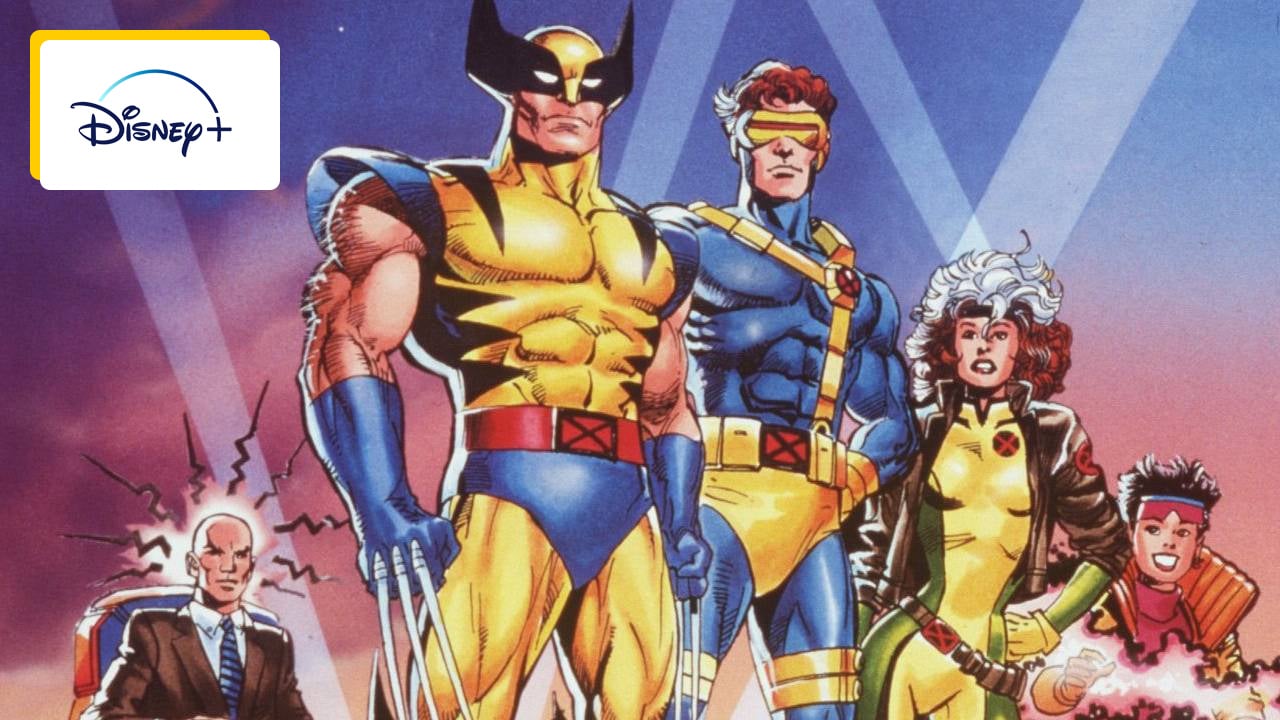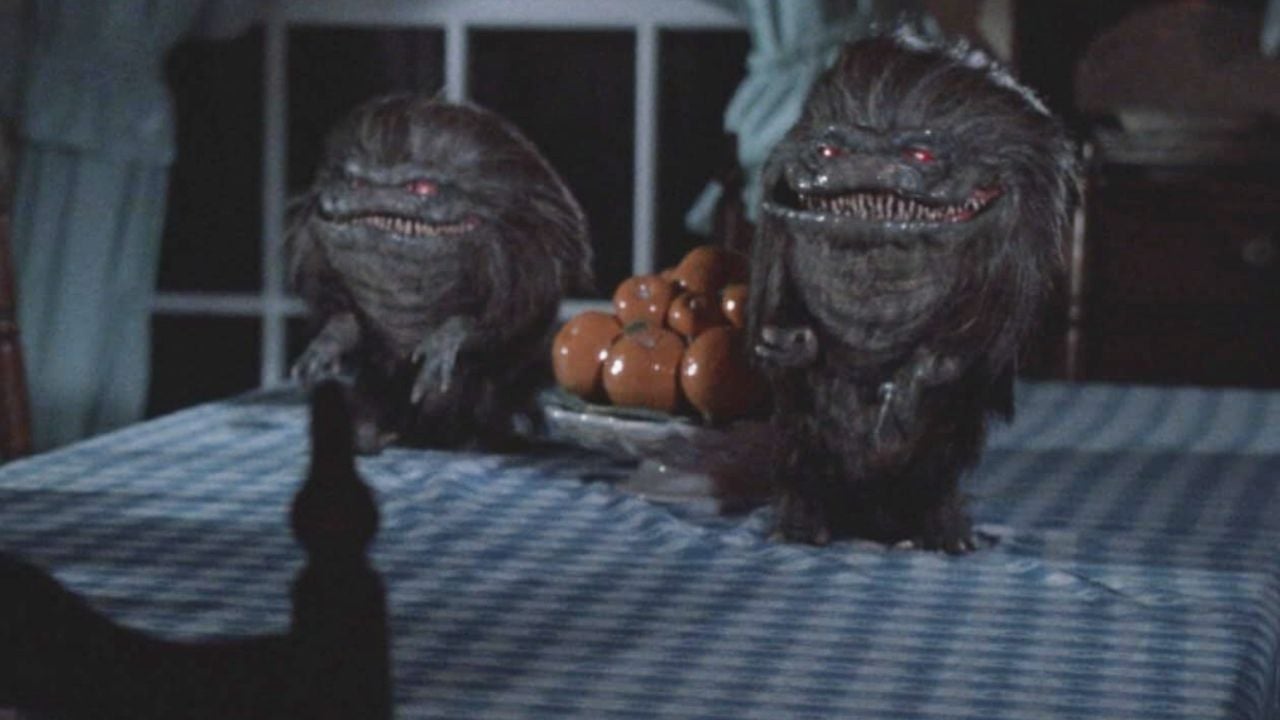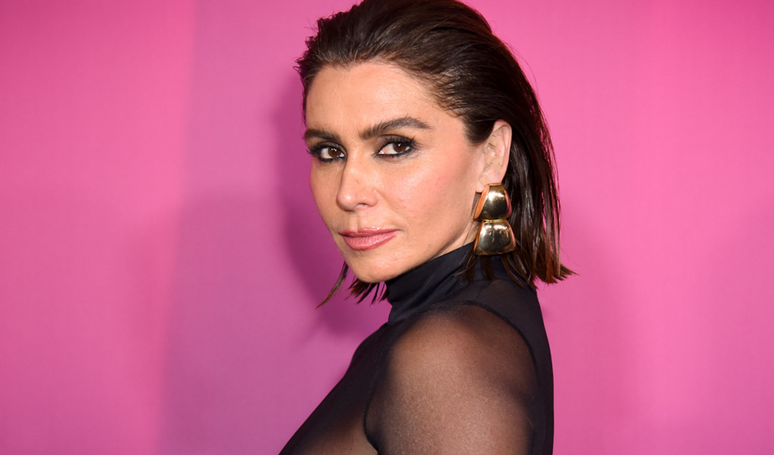1992 was a great year for superheroes and animation fans. Just weeks after Batman (launching in September, months after Tim Burton’s second film came out), X-Men debuted on the small screen on October 31st on Fox Kids.
In France, the series aired on Canal+, and young viewers at the time had fond memories of it, apparently fueled by childhood nostalgia. But its qualities, aesthetic and narrative, were very real.
Its five-season run on Disney+ lets us remember that. And preparation for continuation is expected from March 20.
If the cult around him is not as high as that for Batman, the X-Men are very far from being worthless and even present themselves as essential. The animation is certainly a bit stiff at times and the French dubbing is not always very happy.
But everything is solid, from the two-part pilot, titled “Night of the Sentinels”Referring to these machines that the US government uses to capture mutants they want to import and banish from society.
The show sets the tone from the beginning and shows that, despite its animated nature, it is not going to turn into something childish and simplistic, but to remain faithful to the comics of Stan Lee and Jack Kirby, the anti-heroes of its characters. – Heroes, oppressed.
Committed animation
At the time of their birth in 1963, the X-Men served as a metaphor for the civil rights movement, which fought for African-Americans to have the same rights as the rest of the population, led by Martin Luther King or Malcolm X. , whose colleagues on paper became Professor Xavier and Magneto.
When the series began in 1992, the theme was still relevant today, and was particularly symbolic of the riots that rocked Los Angeles from April 29 to May 4, following the acquittal of four white police officers who beat black motorist Rodney King. arrested.
And that’s not changing today with recent protests around the world surrounding the Black Lives Matter movement.
This political and social aspect may escape young people (who may be impressed by some of the violent sections where death, even off-camera, is present). But they will cling to other qualities.
And especially this opening credit that sticks in your head:
Among the main features of the series is its narration. is being paged. Each episode has its issues, of course, but it’s part of a more global and coherent framework that’s still in line with the way serial writing has evolved in recent years.
The greatest stories of the X-Men
This allows the writers to develop a real arc, and they don’t shy away from drawing from the comics and adapting his most famous stories: “Days of Future Past” (Season 1), where it’s about going back to the past to save the future, or a saga “Black Phoenix” (Season 3) to name just a few that also hit the big screen.
Aside from Magneto, who is complexly introduced from his first appearance and who remains the main antagonist from start to finish, several iconic villains take advantage of these different stories to have significant screen time and challenge the X-Men. Those who didn’t stay.
For fans and newcomers alike, the series uses a classic but effective method to introduce us to the characters, relying on the newcomer to discover the characters along with us.
Or rather, the rookie: a young Jubilee who is chased by the Sentinels when his parents, frightened by his powers, inform him and is rescued by the X-Men he meets at the mall.
The show uses the opportunity to compare mutations with the changes associated with adolescence, as in the comics, and it is through his eyes that we meet Wolverine (or Serval in the French version), Cyclops, Malicia, Tornado, Gambit, Jean Grey. , the Beast and their leader Professor Xavier.
In the space of several scenes, each character is well defined (even if it means bordering on archetype), as are their relationships.
Deadpool cameos
With that solid foundation, the series can take its time to focus on each of them, and it will origin stories to some. Or let Deadpool make a few cameos.
And that’s why the television format is perfect for those left behind.
Feature films that owe a lot to the show. The first successful adaptation of Marvel’s comics in the 90s, its success convinced Fox to acquire the rights to the title to bring it to the big screen, with a flesh-and-blood cast.
The novel will last longer than expected, and it is thanks to Bryan Singer that the mutants came to the cinema in 2000 with an opus that resembles the animated series in its implementation: because it is thanks to Malicia (Anna Paquin) and Wolverine. (Hugh Jackman) When we enter the heroes’ headquarters.
Soon!
The film’s public and critical success alongside Sam Raimi’s Spider-Man and Christopher Nolan’s Batman will help relaunch superheroes on the big screen. And, by extension, become the kings of Hollywood and the world box office.
That’s why it’s important not to forget the accidental important role played by this animated series, both solid as such and faithful to its model, going so far as to adopt the aesthetics of the comics that Jim Lee then drew since. Early 90s, for the appearance of the characters.
And it doesn’t matter that the last episodes, broadcast in 1997, are a little less successful: everything remains a little gem, as quickly as possible (re)discovered. Especially since the sequel, X-Men ’97, which will pick up where last season left off, is coming soon at a rate of one episode a week.
Source: Allocine
Rose James is a Gossipify movie and series reviewer known for her in-depth analysis and unique perspective on the latest releases. With a background in film studies, she provides engaging and informative reviews, and keeps readers up to date with industry trends and emerging talents.







